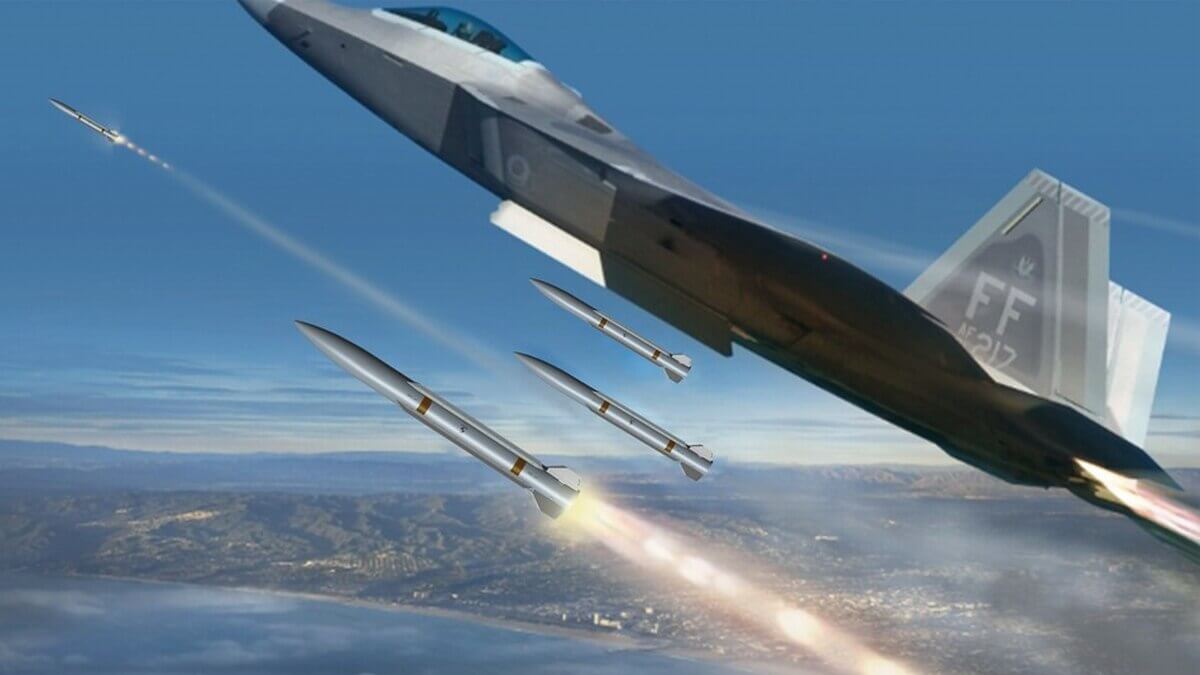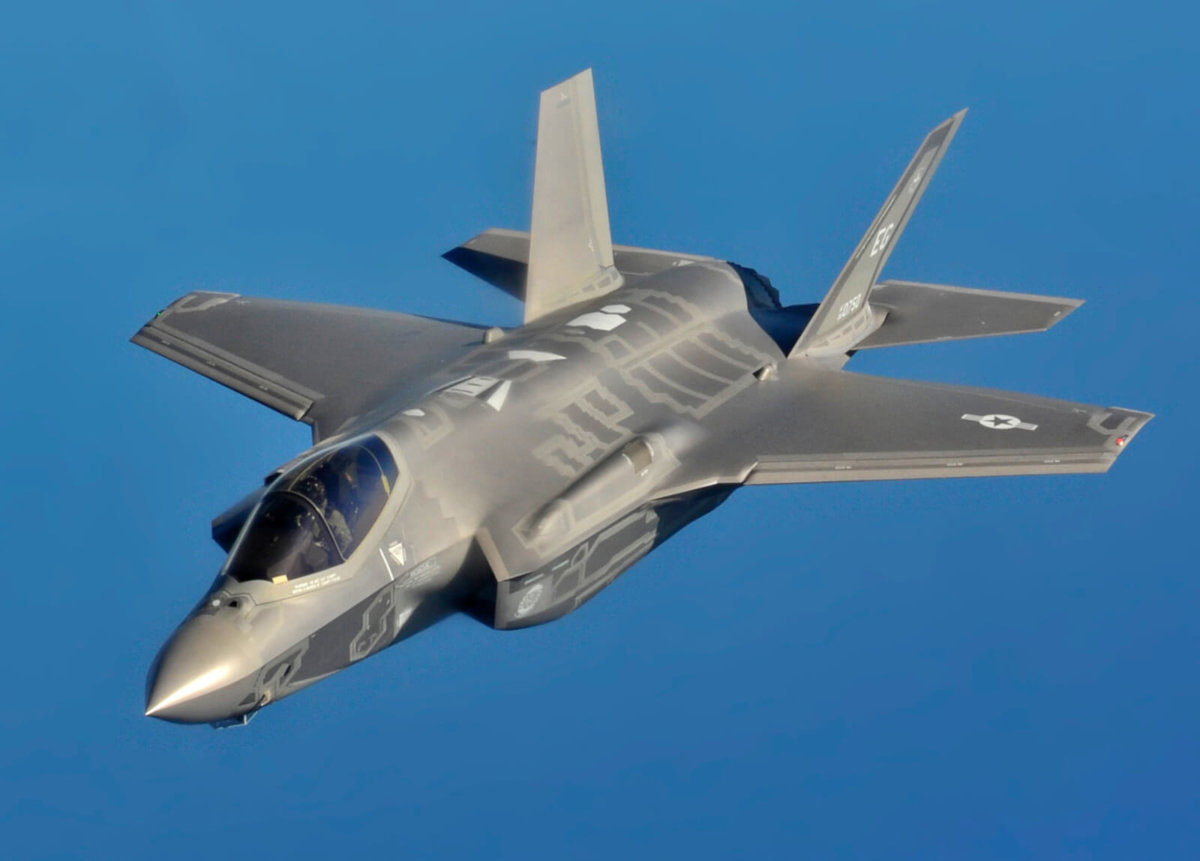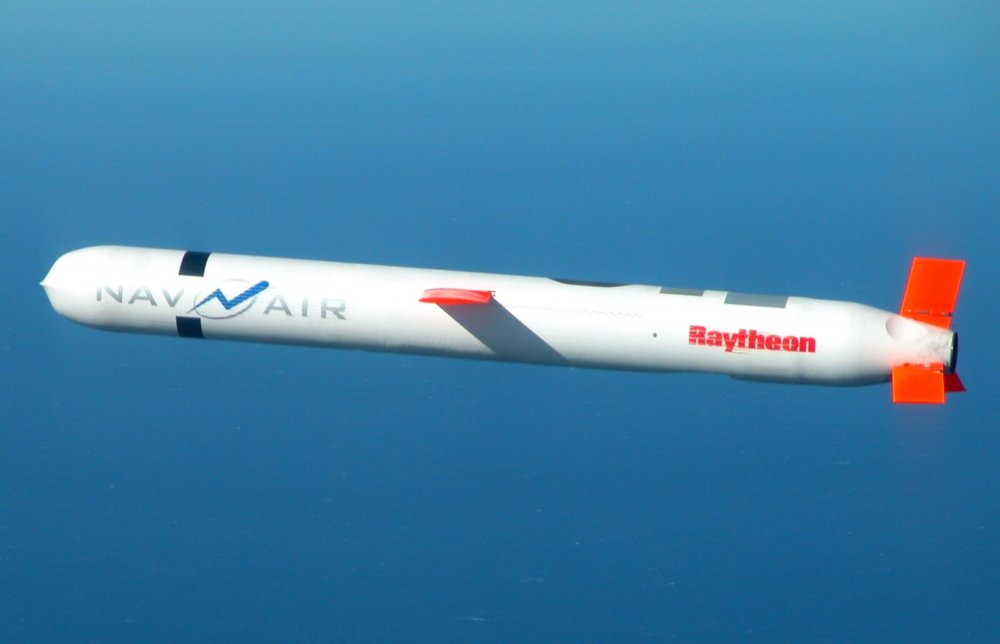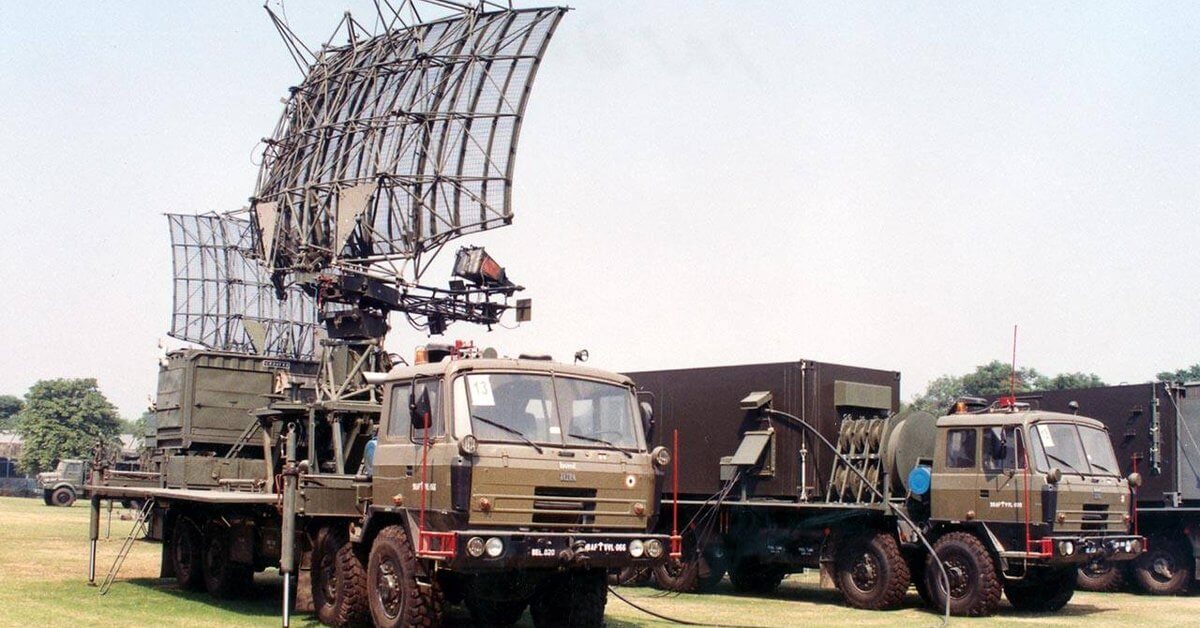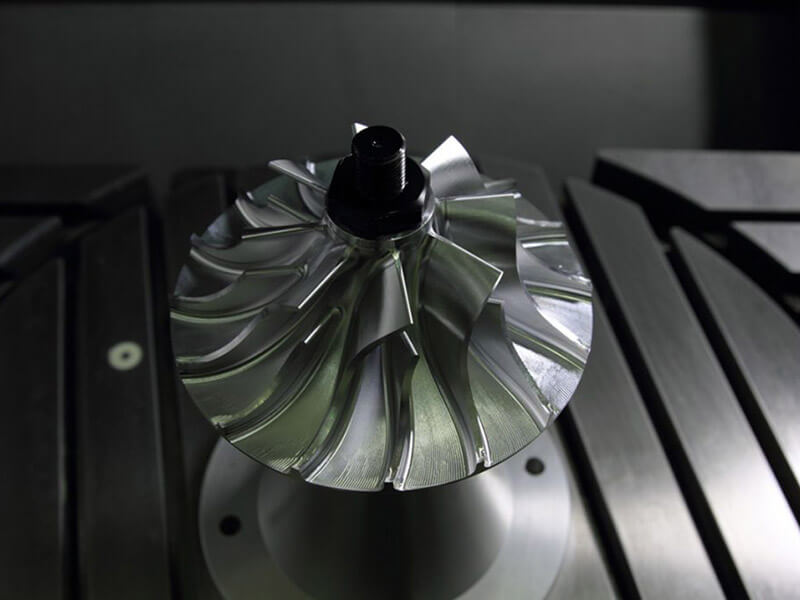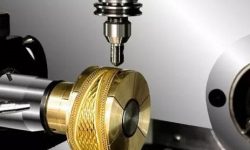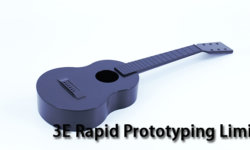As a major source of manufacturing revenue, the defense and military industries rely on some very flexible, cost-effective and reliable technologies. With global defense spending expected to grow at a CAGR of about 3 percent over the 2019–2023 period, reaching US$2.1 trillion by 2023, they also invest heavily into modern machining solutions in various different sectors of their workflow.
The general requirements of military equipment can vary immensely, but a few things apply across the board. In general, military-grade equipment needs to be rugged, rigid and work well within harsh terrains. A lot of the large equipment is metal and requires metallic parts, but there is also a place for medical supplies (which must be approved by military authorities, the FDA or whatever government regulations may apply depending on the region).
Since defense applications can cross over with other industries like communication, medical and aerospace etc., this often means that they use all of the machining facilities specific to these industries as well. The machines often have to be large and capable of processing materials like alloys and hard, durable metals.
Here are just some of the ways the defense industry implements CNC machines and how they bring something unique to the table:
Aerospace Applications
One of the major users of CNC manufacturing technologies is Lockheed Martin. Not only is Lockheed Martin arguably the biggest name in defense manufacturing, they are also the third biggest aerospace firm in the world, behind Boeing and Airbus. However, the company has slightly different needs from the other two as it has a much larger focus on defense. This is where precision machining technologies come in, providing major part accuracy, process reliability and cost savings.
While CNC machines have been used in military applications since their inception, modern mills and drills offer something unique that most other manufacturing technologies cannot match. The precision alone allows for far more novel military applications. The composite skins on the F35, for example, are milled and drilled to such close tolerances that the plane’s assembled surface avoids the mismatches that can show up on a radar.
In the case of the F-35, manufacturers use a five-axis milling machine with an overhead gantry, which provides ample power for their precision-machining operations on the composite skins of aircraft. It also manages complex carbon fiber reinforced plastic parts along with the aluminum vacuum fixtures that hold the part during manufacturing. A single machine alone drills numerous types of parts for all sections of the aircraft and for the manufacturing process itself.
Similarly, Northrop Grumman is another aerospace defense contractor that is finding CNC machines to be the best way to achieve their goals. They have a long-standing partnership with world-class manufacturing conglomerate Siemens to use their systems and has invested a ton of money in developing new technologies for their own use. Northrop Grumman’s research has indicated that the main categories a CNC machine needs to fulfill (for defense applications) are robust machine design, machine tool repeatability, machine tool responsiveness, environmental temperature stability and stable machine foundation.
Northrop Grumman’s Hawthorne plant uses two-gantry, 5-axis Cincinnati Vertical CNC Routers with adjustable CNC fixturing to bypass build and setup costs for hard tooling. Three adjustable beds of new POGO Universal Holding Fixtures (UHFs) cut setup times by about two-thirds on trimming and hole drilling operations on more than 100 different fuselage skin parts. These systems are a crucial part of speeding up their operations and work alongside the NC machines in their arsenal.
General Atomics has also been an enthusiastic endorser of CNC machining technology (among many others) in their aircraft development. Their work with the Predator craft is one great example. It serves as an all-composite aircraft hand layed up at one of their fabrication facilities south of Rancho Bernardo, Calif., using primarily carbon/epoxy prepregs, and cured in an autoclave. The prepreg materials are cut on a computerized cutting and kitting machine and core cutting is done on a 5-axis CNC cutting machine.
Weapons Development
4-axis CNC machines were used to develop Tomahawk missiles as far back as the Gulf war. This trend has only gone deeper as the technology advances, bringing in multiple axis machines with large workspaces and volumes that can create the skin of a missile in one workflow. Aside from precision, such systems require a lot of torque so that they can mill tougher materials. Needless to say, missiles like the Tomahawk require large, heavy-duty systems which also need to work with some pretty powerful materials as these weapons often need to withstand ship travel and even submarine conditions.
To develop these, Raytheon uses a FANUC six-axis robot. This allows a single department to manufacture the entire 20-foot cruise missile on its own, with the robot doing most of the heavy lifting. As one may imagine, it is a dangerous task, so having as little manual labor is a massive benefit for the company. Using robot assembly is therefore not just cheaper, faster and more accurate, but also actively safer.
Small components for missiles and vehicles are being developed all the time using multi-axis machining technologies. Helicopter components like rotating and stationary swashplates, main and tail rotor hubs and main rotor sleeves are all being developed with CNC machines at Sikorsky’s facilities for example.
Even vehicles like the Hummer H2 use multiple components that are milled. A good example is the grill in the front, using aluminum and high-tolerance steels. These are much quicker to make and assemble thanks to the unique advantages of CNC machining.
Detection Systems & Radar Tech
Radome and radar dish development requires uniquely laborious shapes and fine finishes. This is so that they can pick up very minute signals, which one would need for weapons detection systems. This often means that the CNC machined components have to be smooth and precisely curved in all the right ways.
Even aside from these detection systems, their casings are also machined and milled. Having high endurance becomes especially necessary as they often have to part of military vehicles that will either go at high speeds or need to withstand a great degree of wear and tear. Radars can consist of multiple metals and alloys, so any CNC machine handling these has to bring a fair deal of versatility to the table.
